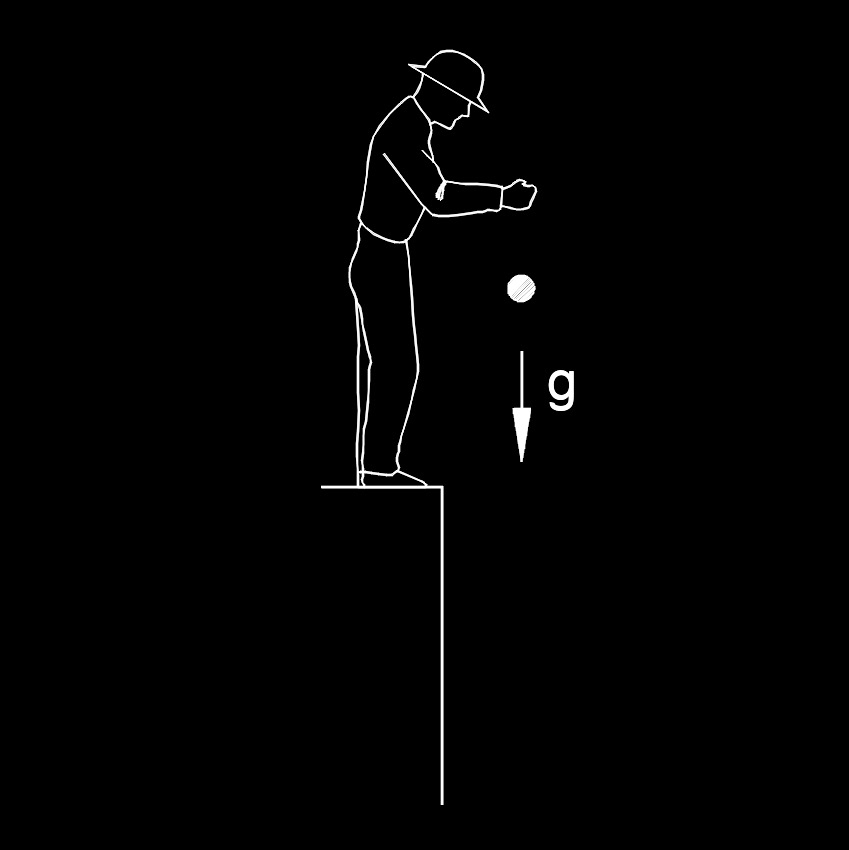Gravity
Gravity Formula |
||
|
\(\ g \;=\; \dfrac{ PE }{ m \cdot h } \) (Gravity) \( PE \;=\; g \cdot m \cdot h \) \( m \;=\;\dfrac{ PE }{ g \cdot h } \) \(\ h \;=\; \dfrac{ PE }{ g \cdot m } \) |
||
| Symbol | English | Metric |
| \( g \) = Gravity | \(ft \;/\; sec^2\) | \(m \;/\; s^2\) |
| \( PE \) = Potential Energy | \( ft-lbf \) | \( J \) |
| \( m \) = Mass | \( lbm \) | \( kg \) |
| \( h \) = Height | \( ft \) | \( m \) |
 Gravity, abbreviated as g, also called gravitation, is the natural force of attraction between any two objects with mass. It is the force that pulls all objects towards each other, and is responsible for keeping the planets in our solar system in orbit around the sun, and for keeping objects on the Earth's surface from floating away into space. The strength of gravity between two objects depends on their masses and the distance between them. The larger the masses of the objects, the greater the gravitational force between them. The closer the objects are to each other, the greater the gravitational force between them.
Gravity, abbreviated as g, also called gravitation, is the natural force of attraction between any two objects with mass. It is the force that pulls all objects towards each other, and is responsible for keeping the planets in our solar system in orbit around the sun, and for keeping objects on the Earth's surface from floating away into space. The strength of gravity between two objects depends on their masses and the distance between them. The larger the masses of the objects, the greater the gravitational force between them. The closer the objects are to each other, the greater the gravitational force between them.
Gravity is described mathematically by Newton's law of universal gravitation, which states that the gravitational force between two objects is proportional to the product of their masses and inversely proportional to the square of the distance between them. Gravity is a fundamental force of nature, meaning that it is a force that cannot be explained in terms of any other forces. It is one of the four fundamental forces of nature, along with the electromagnetic force, the weak nuclear force, and the strong nuclear force.

